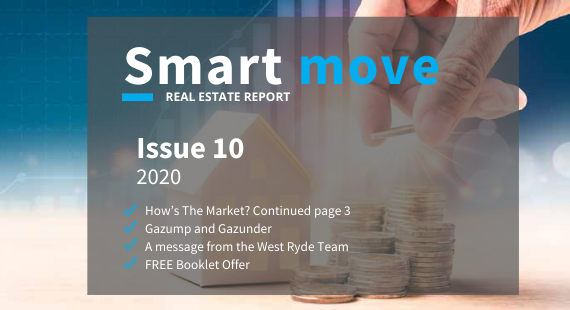Rising Interest Rates – What can we Expect?

The long-predicted and inevitable rise in interest rates has begun in an attempt to curb inflation. There will be much speculation, and dramatic reporting, and confusion will abound, so it’s important to keep a clear head and look at the market forces objectively.
We don’t know yet how far interest rates will rise, but we can assess the potential impact on the property market by taking a view of general market conditions.
In the short to mid-term, the rise in interest rates appears to be matched by a similar rise in wages, due to the tight labour market, which is currently seeing the lowest unemployment levels since the mid-70s, as well as higher rents, which have become more buoyant over the last few months. This is set to continue as we enter an upward cycle of rental values.
Those who managed to fix ultra-low fixed rates during covid should be in a pretty good place and well-positioned to benefit from the noted rise in wages and rents on any investment properties. The problems for these homeowners may well occur once their fixed rates expire and, potentially exposing them to a dramatic increase, probably around 2024 to 2026. If you find yourself in this position right now, it’s probably wise to pay a little extra off your loan to offset your exposure down the track. In fact, according to a recent RBA review, the median repayment buffer for owner occupiers is sitting at 21 months of scheduled repayments (as of February 2022), compared to only 10 months two years ago. The combination of low interest rates and reduced consumer spending has seen people boosting their savings or offset accounts, or just paying extra cash off their loans, which may also help them to weather the rate increase storm without incident.
While people may be less inclined to borrow as much as they have in these recent years of low interest rates, we believe there will be a similar number of buyers in the market. At the same time, we’re seeing stock levels increase and auction clearance rates sinking below 50%, with many properties selling prior to auction. And we don’t anticipate many forced sales with a rate increase from 2% to 5%, so all in all, this ought to add up to a pretty stable market over the next few years, with the seller supply and buyer demand fairly well-balanced. Yes, higher rates will apply downward pressure to property prices, however higher earnings and rental incomes will apply a counter, upward pressure that will hopefully avoid a crash situation. In fact, the central bank has stated they are “prepared to be patient” and will wait for inflation and wages to rise and settle, which indicates a gentle rise rather than a severe hike.
We will probably see the market a little slower than of late and with the absence of the bidding wars we saw in 2021. It’s our long-standing belief that successful property selling is all about pricing accurately and every property will sell at the right price, no matter the buoyancy or otherwise of the market.

We may also see more activity from first time buyers due to the increase in rents. Current renters may be motivated to convert those higher rents into mortgage payments and get their feet on the property ladder. A slower market will also aid them in this endeavour.
Investors who purchased in the last dip will be delighted with their capital growth, and will generally have their portfolios negatively geared, so the interest increases will be unlikely to affect them. They can hold fast and benefit from the next cycle of growth when it comes.
A note to vendors
Look out for selling agents exposing you to financial loss by underquoting your property. While this may well attract more interest at your open homes, many of these prospects are simply not in the market for a property at the real value of your home. This could result in you accepting a lower offer than fair market value, or a lack-lustre campaign that fizzles out and leaves you with an unhelpful digital footprint.
Read our article on accurate pricing for more information (contained in Issue 25 of our Real Estate Report)
A note to buyers
Don’t let headlines and anecdotes of property prices falling raise your expectations too much – always remember the best homes will be the least negotiable, so if you are looking for a quality property, you probably won’t find much wiggle room.
The best way to describe the current situation is that prices are not falling from fair value, they are falling back to fair value. To put this in perspective, even if the market dips by 20%, that merely takes us back to where we were 18 months ago.
If you’re buying for the long term, you may experience multiple property cycles that will ultimately see your investment mature into a substantial return, in which case, buying in a rising or falling market will become an insignificant factor in 10 or 20 years’ time. If you are upsizing in a falling market, your cost gap will be lower, and if you’re buying and selling at the same time, well, it just doesn’t matter.



